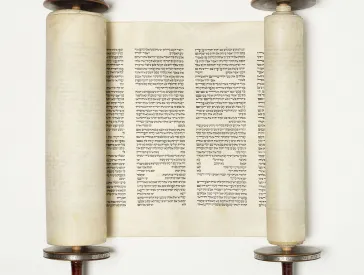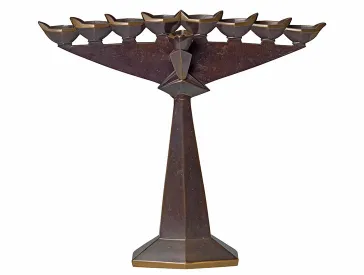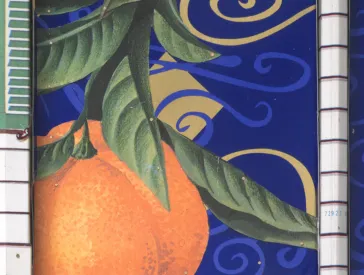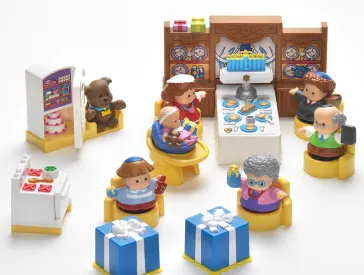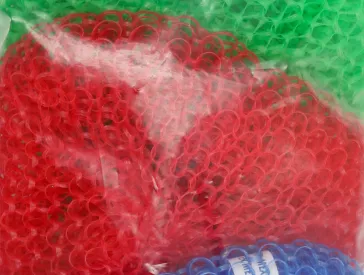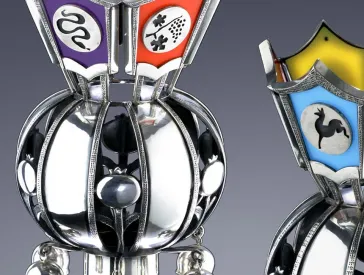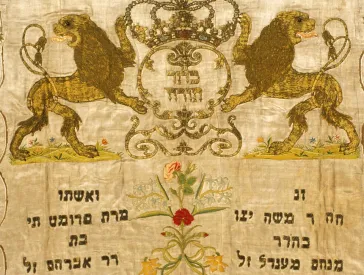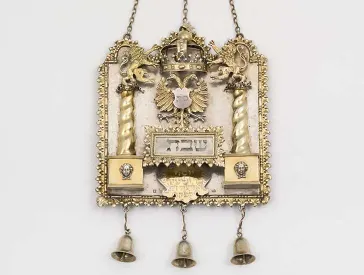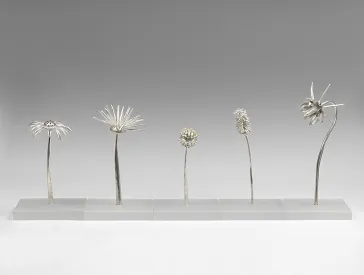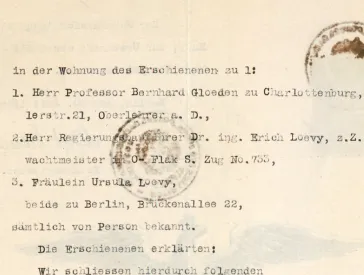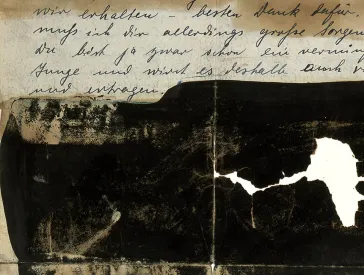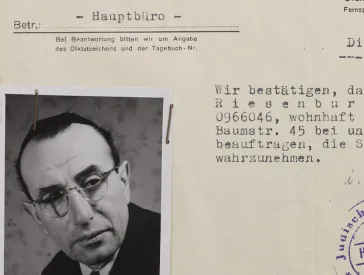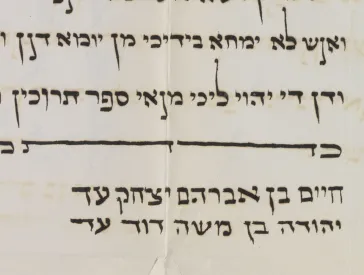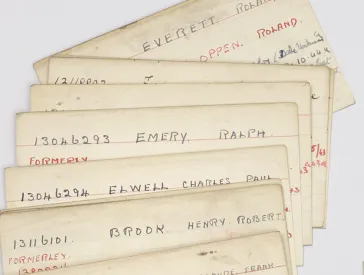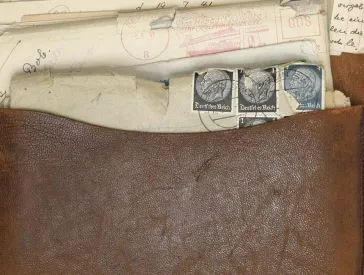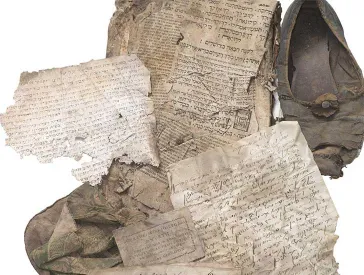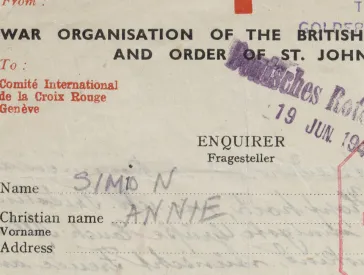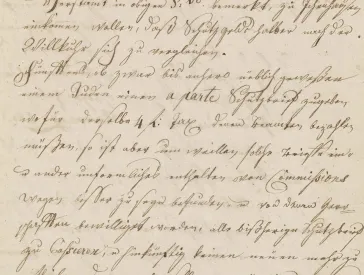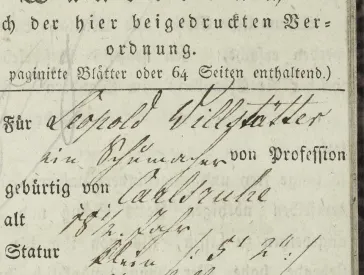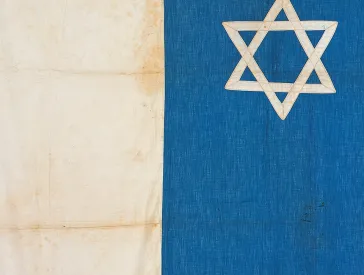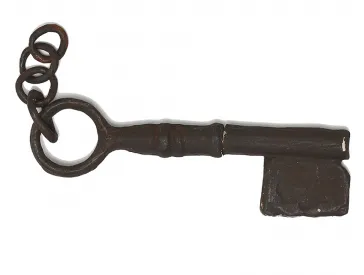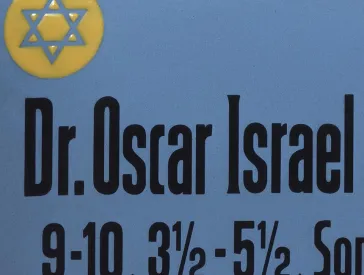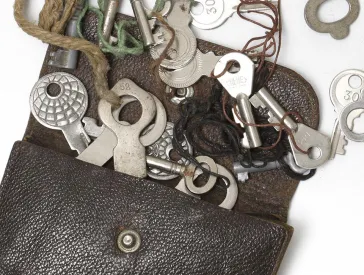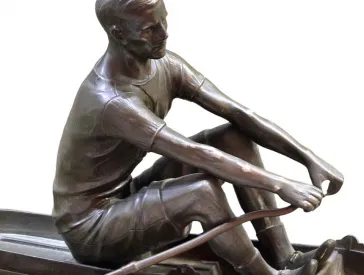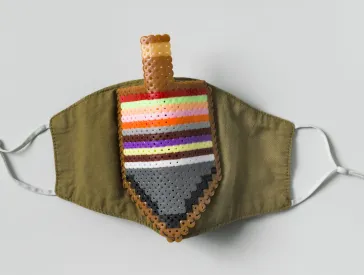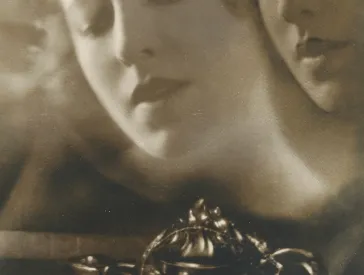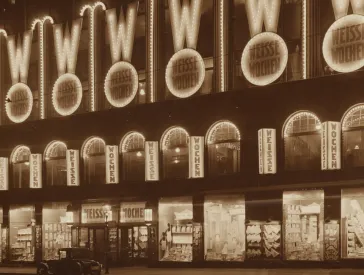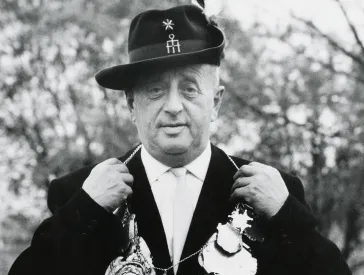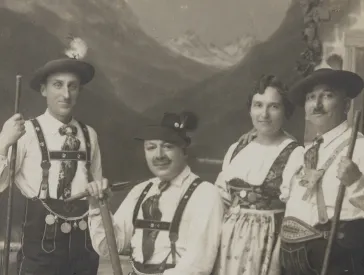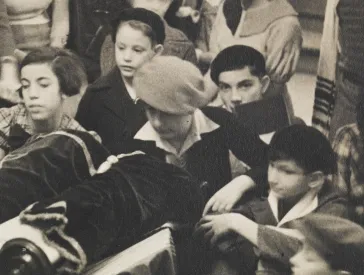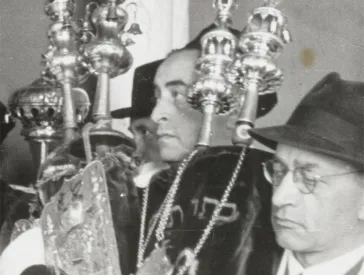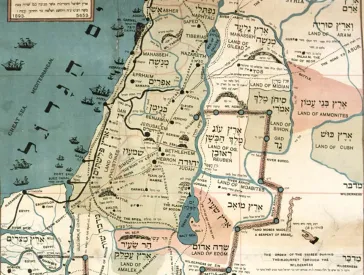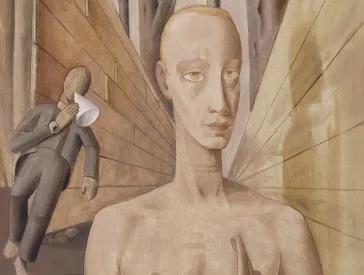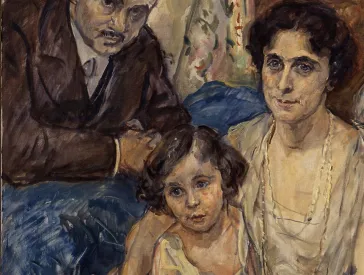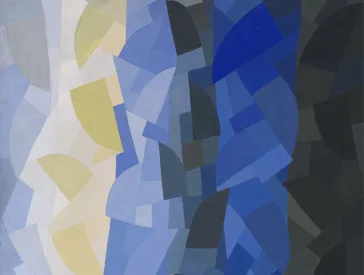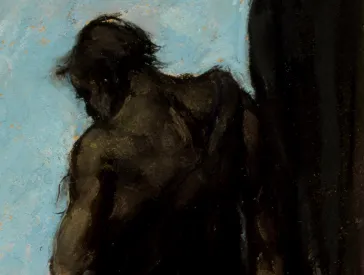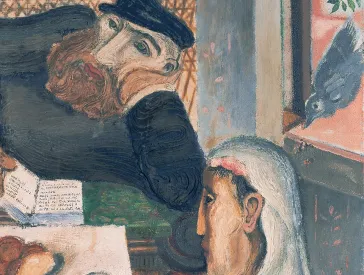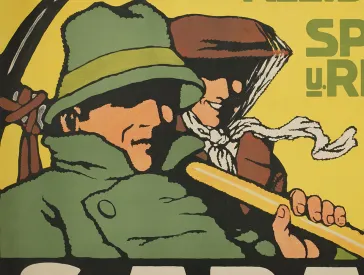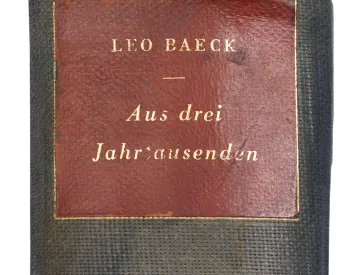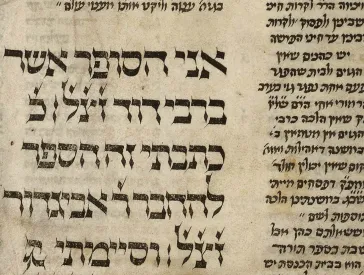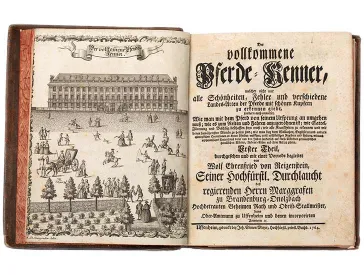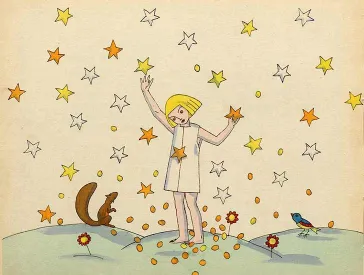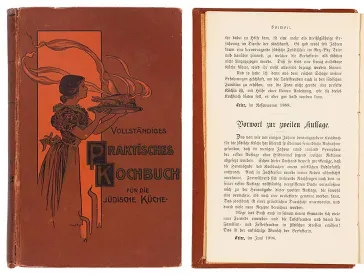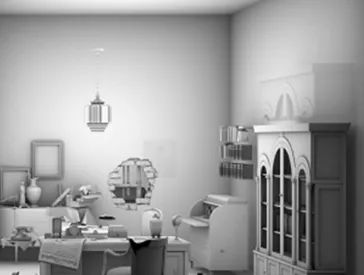Selected Objects from the Collection
All Categories
Selected Objects: Jewish Object: Judaica Collection (9)
-
Jewish Object: Judaica Collection
Our collection of ceremonial objects ranges widely from a valuable eighteenth-century Torah curtain donated by Fromet and Moses Mendelssohn to contemporary ritual items to small kitchen supplies for following Jewish dietary laws.
Selected Objects: Archive (10)
-
Archive
Browse selected archival holdings online from the eighteenth century through the post-war period. Personal and official documents speak to the life of a nineteenth-century journeyman, early modern merchant rights, desperate attempts to emigrate during Nazi rule, and much more
Selected Objects: Collection Jewish Object: Material Culture (9)
-
Collection Jewish Object: Material Culture
Whether it's Hebrew letters on embroidery samplers, a coffee service that has traveled far and wide against its will, or a carnival cap: discover exciting stories in our Material Culture collection!
Selected Objects: Photographic Collection (6)
-
Photographic Collection
From an early promotional photograph by Yva to documentation of Jewish life in Germany before and after the Shoah, discover selected objects from our Photographic Collection and the stories behind them.
Selected Objects: Fine Arts Collection (12)
-
Fine Arts Collection
Glance through our art holdings featuring modernist works by Max Liebermann and Lovis Corinth, and commercial graphic art by Louis Oppenheim. The motifs span from biblical and Jewish themes to intimate portraits and Felix Nussbaum’s haunting response to his experience of persecution.
Selected Objects: Library (5)
-
Library
Discover treasures from our Library’s collection such as the medieval manuscript Sefer Sinai and the rare first edition of the essay collection Aus drei Jahrtausenden (From three millennia) by Leo Baeck.

